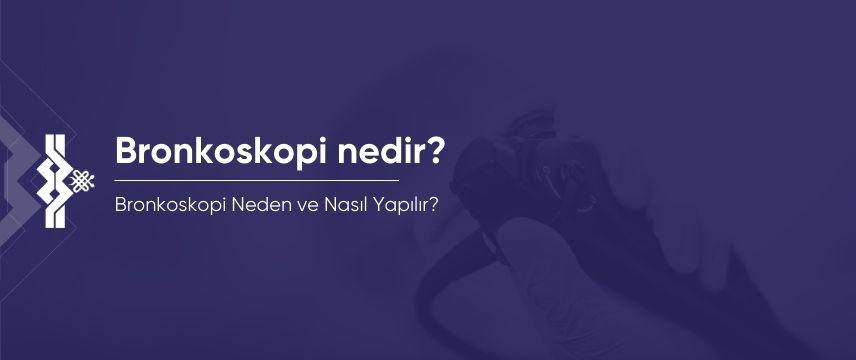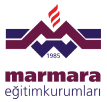What is Bronchoscopy?
-
 03 December 2023
03 December 2023
-
 Maltepe Hospital
Maltepe Hospital
- Chest Diseases

What is Bronchoscopy?
Content Table
- Why is Bronchoscopy Performed?
- How is Bronchoscopy Performed?
- How Long Does a Bronchoscopy Take?
- Is a Bronchoscopy Risky?
- Things to Consider Before Bronchoscopy
- Things to Consider After Bronchoscopy
Bronchoscopy is one of the most basic diagnostic and treatment tools in chest disease practice. Bronchoscopy is performed by means of a flexible tube with a thickness of about 6-7 mm, called a bronchoscope, containing optical cables and ducts that allow the passage of various instruments. The bronchoscope is an endoscopic system that allows the examination of airlines and allows the necessary procedures to be carried out when any abnormalities are seen.
Why is Bronchoscopy Performed?
Bronchoscopy is performed for both diagnosis and treatment purposes. Indications for bronchoscopy:
- Bloody sputum.
- Chronic cough that does not heal despite treatment (cough that lasts longer than 8 weeks).
- Hoarseness, unexplained vocal palsy.
- The presence of a suspected tumor in the lung imaging.
- Non-healing lung infections.
- In the presence of a foreign body that escapes into the respiratory tract.
- Phlegm cleansing in the presence of sputum plugers.
- Assessment of airway damage after burn or chemical exposure.
How is Bronchoscopy Performed?
Bronchoscopy can be performed under local or general anesthesia in the endoscopy unit. If local anesthesia is preferred, medication may be given to calm and comfort the patient. A local anesthetic is squeezed into the nose and nose and the numbness of the upper airlines is ensured. The purpose of using these local anesthetic agents is to suppress the cough reflex and to make the procedure easy. Since there are no receptors in the lungs to detect the pain sensation, pain is not felt in the procedures performed inside the lung. When performing a bronchoscopy, the bronchoscope is moved from the nostril or through the mouth to the windpipe.
At this time, the camera at the end of the bronchoscope and the nose, vocal cords and airlines are seen and evaluated. If an abnormal finding is encountered during imaging, a biopsy can be performed from this area or a sample is taken from the washing water by performing a bronchial wash (bronchial lavage). These samples are sent to the laboratory for the purpose of examination. During the procedure, the patient is connected to the monitor and the pulse, blood pressure, oxygen saturation are closely monitored. Procedures under general anesthesia are planned preferably in operating room conditions. In patients with high risk of procedure and high risk of bleeding, it is preferred primarily in some treatment applications (stent placement, etc.).
How Long Does a Bronchoscopy Take?
The bronchoscopy procedure itself takes about 20-30 minutes. You may need to stay in the hospital for approximately 3 hours with pre-processing preparation and post-process follow-up.
Is a Bronchoscopy Risky?
Bronchoscopy is a generally safe procedure. The risks are minimized with proper patient evaluation before the procedure and supervision of patient safety. The most common complication during the procedure is bleeding and can usually be controlled with simple interventions. In particular, patients with chronic diseases requiring the use of blood thinners are evaluated together with their primary follow-up physicians and the bronchoscopy plan is performed accordingly and complications are minimized. Your doctor will give you detailed information about the risks that may occur according to the procedure and the patient's condition.
Things to Consider Before Bronchoscopy
A 6-8 hour fastness and thirst is required before bronchoscopy. In patients taking blood thinners, these drugs may be discontinued a few days before the procedure (in consultation with the physician following the disease causing the use of this drug).
Things to Consider After Bronchoscopy
After the bronchoscopy procedure, 2 hours of food should not be eaten and water should not be drunk due to the effect of local anesthetic substances squeezed in the throat. After the procedure, a small amount of sputum can be seen in the form of infection, bleeding, coughing, hoarseness, fever, and height may be seen. If these symptoms continue to increase or last longer than 1 day or if symptoms such as chest pain and shortness of breath are added, a doctor should be consulted.









